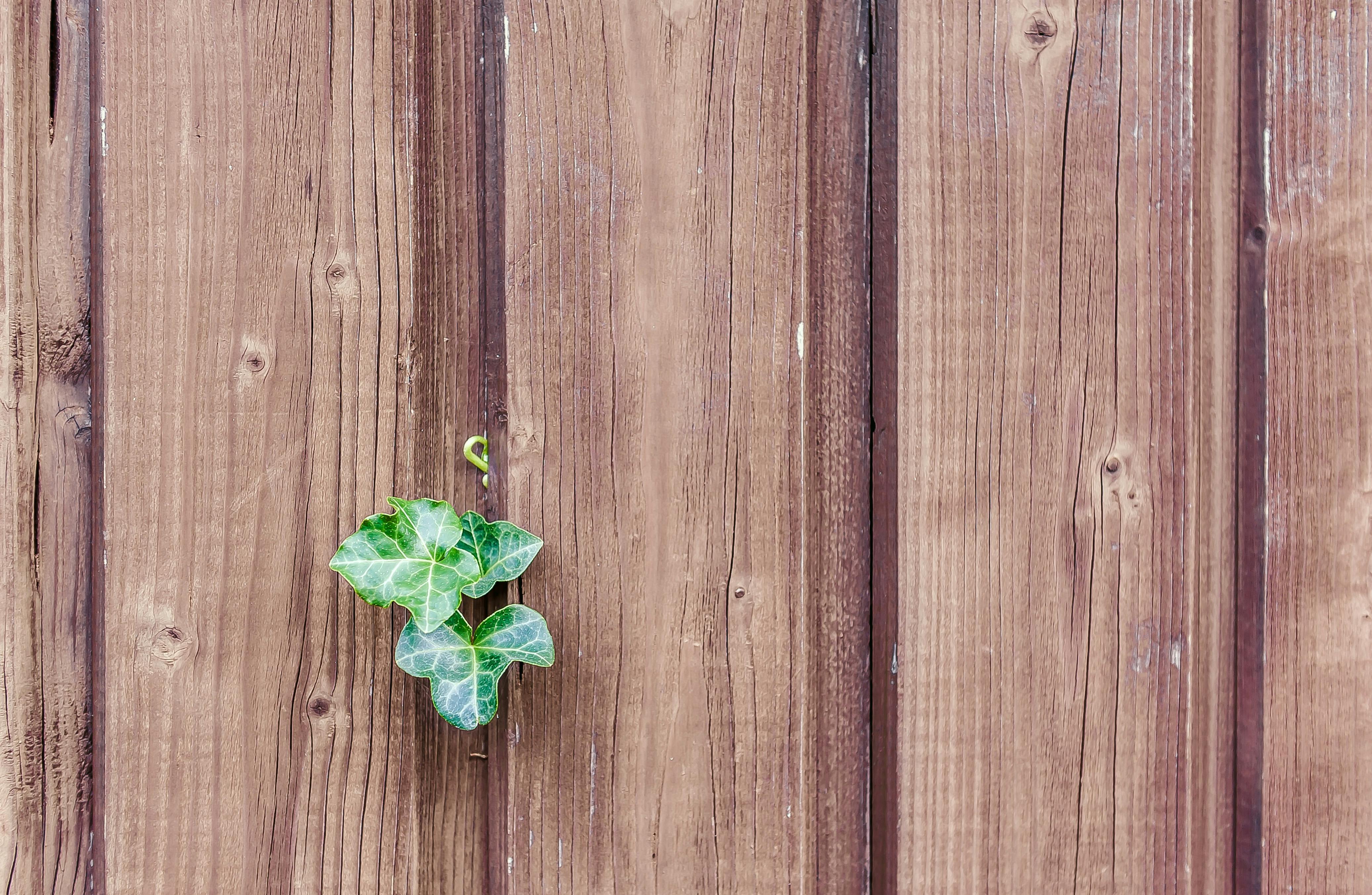Poison Ivy is a plant that can be found in many parts of the world. It is an evergreen shrub that grows in wooded areas and is characterized by its three-leafed stems and woody vines. It has a very distinct leaf pattern that can easily be identified, and its leaves can range from deep green to yellowish-green in color. The plant also produces a sap containing an oil called urushiol, which causes an itchy rash when touched by humans. With proper identification and avoidance of this plant, you can protect yourself from the irritating effects of Poison Ivy.Poison Ivy is a shrub or vine found in many parts of North America. It is characterized by glossy, three-pointed, dark green leaves and small white flowers that turn into white berries. The plant contains an oil called urushiol which can cause an itchy and painful rash when it comes into contact with the skin.
Contents
Where Does Poison Ivy Grow?
Poison ivy is a plant that can be found throughout much of North America, including the United States, Mexico and Canada. It is usually found growing in wooded areas and along roadsides, though it can also be found in gardens and other cultivated areas. Poison ivy typically grows as a shrub or small tree, reaching heights of up to 6 feet. Its leaves are usually arranged in clusters of three leaflets, with the middle leaflet having a longer stem than the two side leaflets. The edges of the leaflets may be smooth or jagged, and may have varying amounts of color ranging from light green to dark green or yellow. Poison ivy’s stems are covered with short hairs, and it has greenish-white flowers in the spring followed by whitish-gray berries in late summer.
The most common way to encounter poison ivy is through direct contact with its leaves or aerial parts such as its stems or flowers. Contact can occur when walking through an area where poison ivy is growing or when brushing up against it while gardening or doing yard work. Ingesting poison ivy berries can also cause a reaction but this is rare since birds generally eat them before they become ripe enough for humans to consume them. People who are particularly sensitive to poison ivy may react even if they are exposed to smoke from burning plants containing urushiol oil, which is the active ingredient responsible for causing reactions.
What Does Poison Ivy Look Like?
Poison ivy is a plant that is widely known for causing a rash and an itchy, burning sensation when touched. It is found in many parts of the world, including the United States and Canada. Poison ivy can grow as a low shrub or as a climbing vine, and has three pointed leaflets with a smooth or toothed edge. The leaves are dark green in the summer and turn red or yellowish-orange in the fall. The plant produces white or greenish flowers in late spring, followed by whitish-gray berries. In some areas, poison ivy may be found growing alongside poison oak and poison sumac, both of which can also cause a rash if touched. To avoid coming into contact with poison ivy it is important to learn what it looks like so that you can easily identify it in your yard or wild areas.
Protect Yourself from Poison Ivy
Taking the necessary precautions to protect yourself from poison ivy is essential if you plan to spend time outdoors. Knowing how to identify the plant and how to prevent contact with it can help keep you safe during your outdoor adventures.
Poison ivy is a plant that grows throughout North America and can easily be identified by its three leaves, which are usually green, but can also be reddish in color during the spring or fall months. It is important to recognize this plant so that you can avoid contact with it in its various forms like a vine or shrub. When outdoors, wear long sleeves, long pants, and closed-toed shoes to reduce your risk of contacting the plant’s oils that cause an allergic reaction.
If you do come into contact with poison ivy, it is important to take steps to reduce the reaction. Wash your skin with soap and water as soon as possible after contact, and consider using an over-the-counter hydrocortisone cream or oatmeal-based lotion on the affected area. If irritation persists or if a rash appears, seek medical treatment right away.
It’s best to be prepared when spending time outdoors by learning how to identify poison ivy and taking steps to avoid contact with it. Wearing protective clothing, washing off any oils immediately after contact, and seeking medical help if required can help reduce your risk of an allergic reaction from poison ivy.
Symptoms of Poison Ivy Exposure
Poison ivy is a plant found in many areas of the United States. It can cause an allergic reaction if you come into contact with it, resulting in an itchy, red rash. The rash usually appears within one to three days after exposure and can last up to two weeks. Symptoms of poison ivy exposure include:
Itching – This is the most common symptom and can range from mild to severe. The itch may be accompanied by a burning sensation or pain.
Rash – The rash is usually red and raised with bumps or blisters that may ooze clear or yellowish fluid. It may spread if not treated promptly or when the affected area comes into contact with clothing, jewelry, or other objects.
Redness – The skin may become red and inflamed in the area where the poison ivy touched you. If the rash covers a large area of your body, it can cause swelling and warmth in that area as well.
Swelling – Swelling may occur around the affected area as well as other parts of your body such as your eyes, lips, tongue, throat, or genitals if you have been exposed to poison ivy oil. This swelling can be severe enough to cause difficulty breathing and should be monitored closely by a medical professional if it occurs.
Pain – Some people may experience pain in addition to itching when they come into contact with poison ivy. This pain may be felt anywhere on the body but is usually concentrated around the affected area.

How Is Poison Ivy Treated?
The best treatment for poison ivy is to avoid contact with the plant altogether. If you do come into contact with poison ivy, it is important to act quickly to reduce the severity of the reaction. The first step is to wash the affected area immediately with soap and water. This will help remove any urushiol oil that may still be on your skin. It is also important to keep the affected area clean and dry, as this will help reduce itching and inflammation.
Over-the-counter topical treatments, such as hydrocortisone cream, can also be used to reduce itching and inflammation. Oral antihistamines may be prescribed if topical treatments do not provide relief from symptoms. Severe cases of poison ivy may require a corticosteroid medication for more severe itching and inflammation, or antibiotics if there is an infection present. In rare cases, a hospital stay may be necessary for more extreme reactions or if infection has spread throughout the body.
Is There a Vaccine for Poison Ivy?
Poison ivy is a common plant found in many parts of the world and is known to cause an itchy and irritating rash when touched. Unfortunately, there is no vaccine or immunization that can protect against poison ivy. However, there are steps one can take to reduce the risk of getting a poison ivy rash.
The best way to avoid getting a rash from poison ivy is to familiarize yourself with what the plant looks like and avoid contact with it. If you come into contact with poison ivy, it’s important to wash your skin immediately with soap and water as this can help reduce the severity of the rash.
In some cases, antihistamines may help relieve itching associated with poison ivy rashes. Over-the-counter creams and lotions containing hydrocortisone may also be helpful in reducing inflammation and itching caused by poison ivy. If your symptoms persist or become more severe, you should speak with your doctor to discuss other treatment options.
In general, it’s best to practice prevention when it comes to avoiding a poison ivy rash. As previously mentioned, familiarizing yourself with what the plant looks like can help you identify it and stay away from it. Additionally, wearing protective clothing such as long pants and long-sleeved shirts when gardening or working outdoors can also help reduce your risk of coming into contact with the plant.
While there is no vaccine or immunization available for poison ivy, following these steps can help keep you safe from its irritating effects.
Can Pets Get Poison Ivy?
Yes, pets can get poison ivy, though it is not as common as it is with humans. Poison ivy is most commonly found in wooded areas or places where there is a lot of brush and foliage. When pet owners take their animals for a walk in these areas, it is possible that their pets could come into contact with poison ivy. While most animals are not affected by the plant, some may develop a rash or an allergic reaction if they come into contact with it.
In the event that an animal does come into contact with poison ivy, the owner should take them to a veterinarian immediately to be examined and treated. The vet will examine the animal and determine if there are any signs of an allergic reaction or rash. If so, they will prescribe medication to help alleviate any symptoms and help the pet recover quickly.
It is also important for pet owners to be aware of where their animals go and what they might encounter when out on walks or in wooded areas. Pet owners should be sure to keep their pets away from any plants that might look like poison ivy, such as sumac or Virginia creeper. If possible, owners should also make sure that their pets are wearing protective clothing such as boots or long pants while walking in wooded areas to further prevent coming into contact with poisonous plants.
By being aware of potential danger and taking steps to protect their pets from coming into contact with poisonous plants, pet owners can reduce the chances of their animals getting poison ivy and ensure that they remain happy and healthy.

Conclusion
As we explored in this article, the poison ivy plant is a highly allergenic plant that can cause severe and painful skin reactions. It is important to be able to identify and avoid this plant wherever it is found. The best way to protect yourself is by wearing protective clothing and gloves when handling the plant, and washing your skin immediately if you come into contact with it. In addition, it is important to be aware of the potential health effects of poison ivy, as well as what to do if you experience an allergic reaction.
By understanding how to identify and avoid contact with poison ivy, you can protect yourself from its harmful effects. If you think you have been exposed to poison ivy, seek medical attention quickly for the best chance at avoiding a severe reaction.

0 Comments